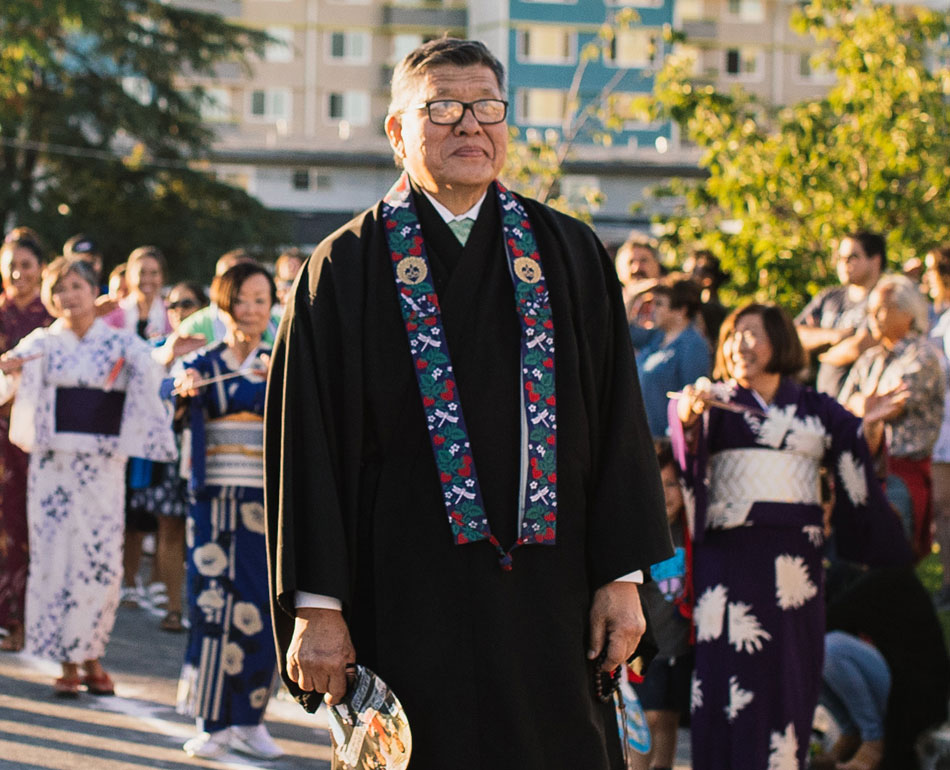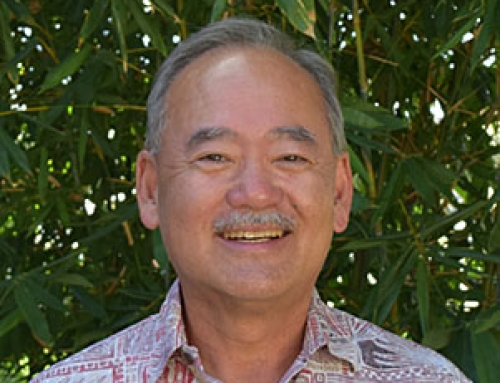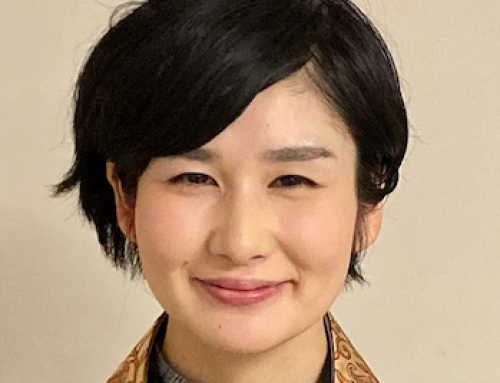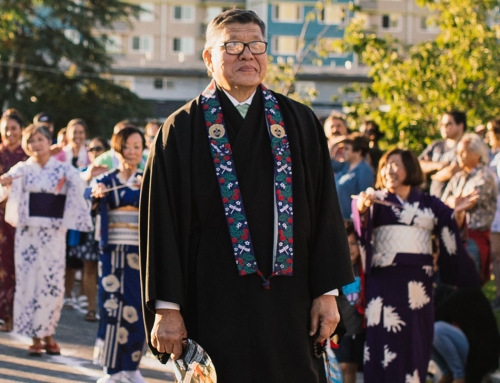Redemption
G Sakamoto
The Vows of Amida assure all of the resolution of difficulties. This includes even those beings that have committed the gravest acts. King Ajatasatru who killed his father Bimbasara and committed many acts of violence he too is not excluded. This is not abstract mythology. There was a King Ajatasatru who killed his father Bimbisara who live in the time of Shakyamuni. And it was Shakyamuni who counseled Ajatasatru.
Shinran writes:
“Here we see, from the true teaching of the Great Sage, that when the three types of beings difficult to save – those afflicted with the three kinds of sickness difficult to cure – entrust themselves to the universal Vow of great compassion and take refuge in the ocean of shinjin that is [Amida’s] benefiting others, the Buddha is filled with pity for them and heals them, commiserates with and cures them. …” CWS p143
As horrendous as his acts were, still through the Great Sage Shakyamuni and Amida, Ajatasatru was relieved of the difficulties that resulted from his actions. Our difficulties are also transformed through the instructions of Shakyamuni and the work of Amida.
The practices and rituals of Jodo Shinshu express gratitude for Amida’s assurance of the resolution of difficulties. The nembutsu of Jodo Shinshu is called Kansha no Nembutsu; The Nembutsu of Gratitude. The Nembutsu expresses gratitude for the assurance of Amida.
So the concern I have is when I have done something that has caused great harm Amida assures me that I too will be freed from difficulties. I am grateful for that assurance. I will try not to cause harm again. But how do I understand what has happened to those who have been affect by what I have done? Those individuals are also contained within the assurance of Amida. But the anger, grief and pain that I caused may remain with those who I have harmed. I can acknowledge the harm I have caused but that does not erase the harm.
King Ashoka reflecting on the carnage of a single day of battle in which a hundred thousand people were killed changed how he ruled his empire. Some chronicles describe Ashoka as a Buddhist Monarch who became a patron of Buddhism. Others describe Ashoka’s conversion as a personal transformation that turned away from the cruelties of war and subjugation, and embraced concern for the welfare of all.
I am not Ashoka yet my actions can result in harm that is experienced by an individual with the same intensity, depth and consequences. When I do something that results in harm, recognizing that I am responsible for that harm I can apologize for what I did. If the harm is so great the apology may be rejected. That harm may never be reconciled. The individual may never be whole again. The harm caused may continue unresolved, like a darkness that does not go away both in the person I harmed and in me.
It might be enough to say that nothing more can be done. The cost to mend too great. But to forget the harm I caused would be lamentable. To work to offset the harm I caused, like Ashoka, might be beneficial. Perhaps redemptive. But this too may simply cover the harm caused.
I cannot reconcile, build bridges, apologize, undo what I have done. But the darkness I carry may encourage something important. The darkness may illuminate my arrogance and awaken humility.




